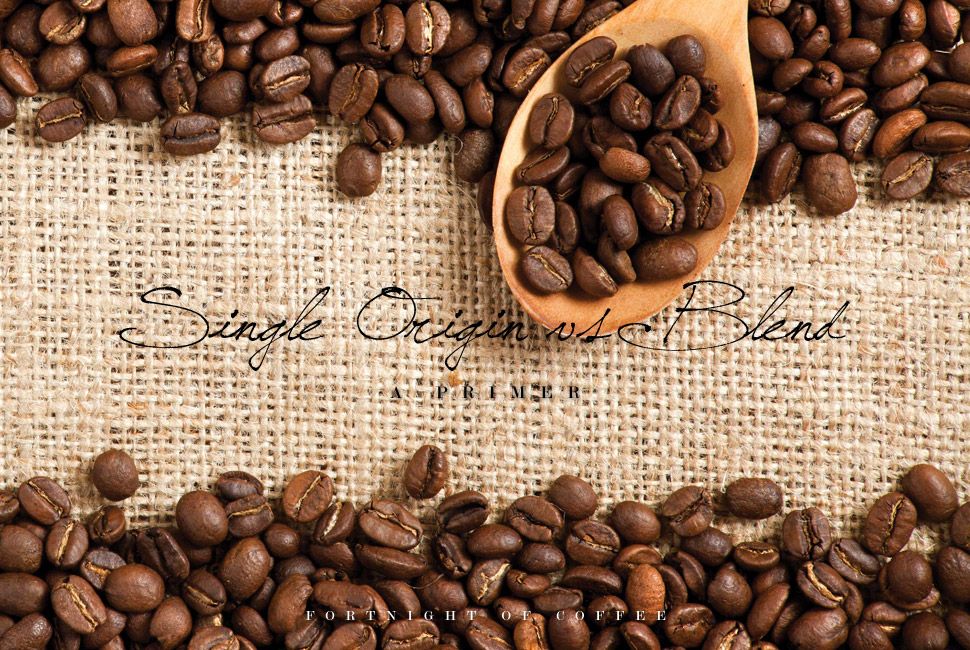Let’s face it: the average North American spends less time contemplating the beans behind his morning motivator than it takes his barista to scowl disapprovingly. To open his eyes and shed a little light into those dark waters, the GP team delves into the differences between single origin and blended coffees. Our goal? To arm you with information on micro-lot farming, blend aging and why that cup tastes the way it does. It’s all about being informed and maximizing enjoyment in your every-morning drink. So put on your scholar cap, pour yourself a cup and read on to explore the methods used to turn those remarkable beans into a true masterpiece.

Single Origin

Single origin coffee, as a product, gained recognition in 1999 when George Howell founded the Cup of Excellence. Dubbed the “Oscars” of the coffee world, this competition pinpointed its focus on the specific farm — rather than regions or countries — in crowning the year’s best beans. This shrinking spotlight meant purveyors paid more attention to the product when grading, separating at harvest, roasting and cupping. The result is a whole new class of unique and nuanced flavor profiles, each believed to best represent the specific agricultural aspects of a coffee microcosm — the purest pour, if you will. Since the introduction of the Cup of Excellence, the desire to achieve higher quality (and revenue) has led to both broader definitions and further scrutiny as farmers began to produce estate coffees and micro-lot brews.
Although still considered single origin, an estate coffee deviates from a puritan’s path in that it can include the beans from a collection of farms, provided processing takes place at the same central mill. This enables larger farms with multiple plots and plantations (which are similar agriculturally) to combine the best of their bounty when processing takes place. Growers can command premiums for their efforts to produce similarly exclusive products like Kona Premium Estate from Hualalai or Panama’s Carmen Estate.
Micro-lot coffee, on the other hand, narrows its focus to the single field. The rules are strict: there’s little to no allowance for altitude changes across a single plain, and harvesting is constricted to a single day. Debate rages between estate coffee and micro-lot as the true “single origin”, but regardless of your stance on classification, there’s no denying the inherent quality of a product that demands so much attention and scrutiny throughout its life cycle. Beans are sold at auction, and the coffee they produce is readily available — albeit in limited quantities — such as last year’s Nicaraguan winner, Finca Carolina. Whether this microscopic approach translates to a better brew for you, however, remains subjective. It’s something we encourage you to explore.


